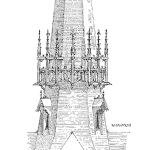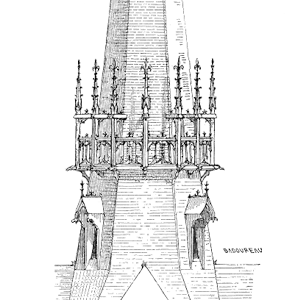
How Did You Learn Reliability Engineering?
Abstract
Kirk and Fred discussing how his career path led to being a reliability engineer and meeting a working with Gregg Hobbs. Ph.D. the reliability leader that gave him a new perspective on HALT and HASS.
Key Points
Join Kirk and Fred as they discuss Kirk’s path to reliability engineering.
Topics include:
- Fred and Kirk discuss the history of how he became a reliability engineer and how different the HALT and HASS methods were a very big paradigm shift and frame of reference over statistical and models used for reliability predictions.
- Kirk’s first invitation to the ESSEH (Environmental Stress Screening of Electronic Hardware) in 1990, and meeting Charlie Leonard from Boeing Aircraft. Charlie had a strong view of how the belief in the Arrhenius equation and its effect on reliability required significant cooling equipment that may have been unnecessary.
- The fundamental way to learn reliability is to study the verified causes of field failures, the reasons systems fail, as the best approach along with meeting others at technical conferences and local meetings.
Enjoy an episode of Speaking of Reliability. Where you can join friends as they discuss reliability topics. Join us as we discuss topics ranging from design for reliability techniques, to field data analysis approaches.

Show Notes
Click here for the link to the highly read article by Kirk “Why the Drain in the Bathtub Curve Matters”
For more information on the newest discovery testing methodology here is a link to the book “Next Generation HALT and HASS: Robust design of Electronics and Systems” written by Kirk Gray and John Paschkewitz.
 Ask a question or send along a comment.
Please login to view and use the contact form.
Ask a question or send along a comment.
Please login to view and use the contact form.
Leave a Reply